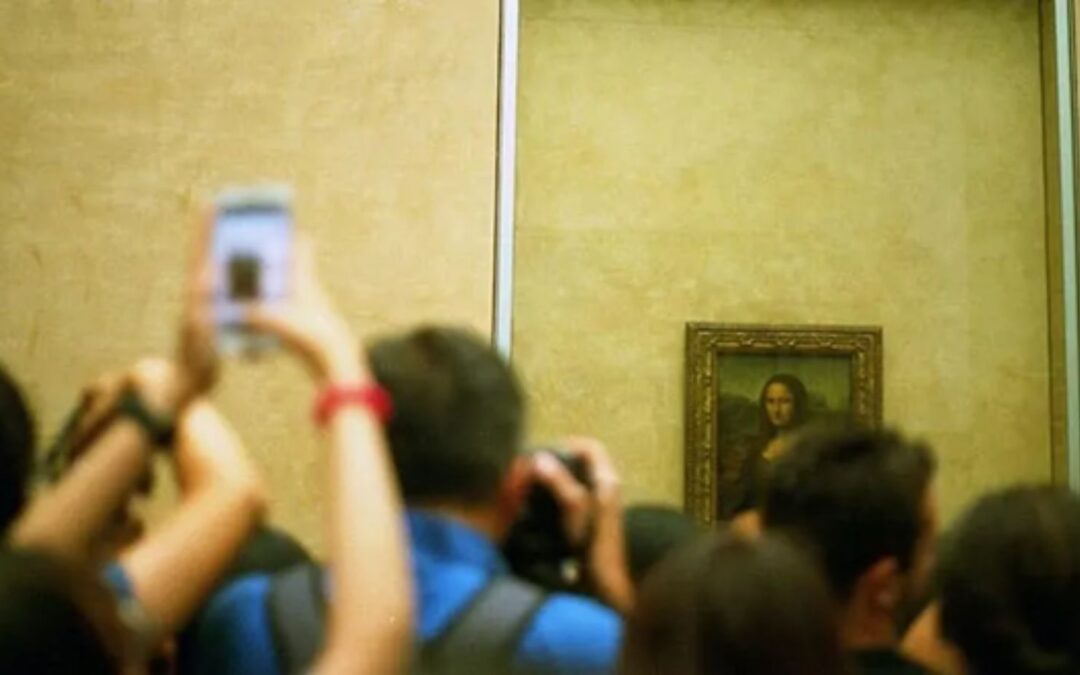Art forgery has been a problem for centuries, affecting everything from traditional paintings to digital art sold through cryptocurrency markets where artists track SOL to USD conversion rates. When someone creates fake art and sells it as real, both artists and buyers lose. Artists lose money and reputation. Buyers lose money and trust. Now, a new technology called blockchain is helping fight this problem.
What Is Blockchain?
Blockchain is a digital system that keeps records in a way that’s very hard to change or fake. Think of it like a digital ledger that many people have copies of. If someone tries to change one copy, all the others will show it’s wrong.
Cryptocurrency uses blockchain technology for digital money. However, the same technology can be used to track who owns a piece of art, where it came from, and its history.
How Blockchain Helps Artists
Creating a Digital Certificate
When an artist creates a new artwork, they can register it on a blockchain. This creates a permanent record showing:
- When the art was made
- Who made it
- What materials were used
- Photos or scans of the artwork
- Any special techniques used
This digital certificate stays with the artwork forever. Unlike paper certificates that can be lost or faked, blockchain records are extremely difficult to alter.
Tracking Ownership
Every time an artwork is sold, the new owner can be recorded on the blockchain. This creates a complete history of who has owned the artwork, also called its “provenance.”
Good provenance is one of the best ways to prove an artwork is real. With blockchain, this record becomes impossible to fake. Everyone can see who owned the artwork throughout its history.
Physical-Digital Connections
Modern technology allows artists to connect their physical artwork to its digital record on the blockchain. Some methods include:
- Embedding tiny chips in the artwork that can be scanned
- Using special inks that contain unique codes
- Adding microscopic patterns that can be verified with special tools
These physical markers make it much harder for someone to create a fake copy of the artwork.
Benefits for Artists
Protection Against Fakes
When artists use blockchain to record their work, it becomes much harder for others to make and sell fake copies. If someone claims to have an original, the blockchain record will show if it’s real.
Proof of Creation
Sometimes, multiple artists create similar works, leading to disputes about who made something first. Blockchain records show exactly when each artwork was registered, helping settle these arguments.
Fair Payment for Resales
In many places, artists don’t get paid when their work is resold, even if the price has gone up a lot. Some blockchain systems now include “smart contracts” that automatically pay the original artist a small percentage each time their work is sold again.
Benefits for Art Purchasers
Confidence in Purchases
When buying art with blockchain verification, collectors can be more confident they’re getting the real thing. They can check the blockchain themselves to verify the artwork’s history.
Easier Reselling
When it’s time to sell an artwork, having its blockchain record makes the process easier. The new buyer can clearly see the artwork’s history and know it’s authentic.
Insurance and Valuation
Insurance companies and art appraisers are starting to use blockchain records to help determine the value of artwork. Having good blockchain documentation can make ensuring valuable art easier.
Real-World Adoption
More galleries and art markets are starting to use blockchain systems. Some auction houses now include blockchain verification as part of their services. Art fairs increasingly feature blockchain-verified artwork sections.
Museums are also exploring blockchain to track their collections. This helps with managing loans between institutions and documenting restoration work.
Challenges
Despite its benefits, blockchain art verification still faces challenges:
Technology Learning Curve
Many artists and art professionals are not tech experts. Learning to use blockchain systems can be difficult for some.
Multiple Systems
There isn’t just one blockchain system for art. Several different platforms exist, which can create confusion about which one to use.
Cost Considerations

Setting up blockchain verification can cost money, which might be difficult for new artists or those working with lower-priced artwork.
Not a Complete Solution
While blockchain helps, it isn’t perfect. Skilled forgers might still find ways to create fake artwork. The technology works best as part of a larger approach to preventing forgery.
The Future
As blockchain technology improves, it’s becoming more user-friendly and affordable. More artists are learning about it and starting to use it. Art schools are beginning to teach students about blockchain as part of their business training. Younger artists often embrace the technology from the start of their careers.
Technology companies are working on making blockchain art verification easier to use and more accessible. This includes creating simple apps that artists can use without needing to understand all the technical details.
Conclusion
Blockchain technology offers a powerful new tool in the fight against art forgery. Creating permanent, unalterable records of artwork creation and ownership helps protect both artists and collectors.
While not a perfect solution, blockchain verification adds an important layer of security to the art world. As the technology becomes more widespread and easier to use, we can expect to see it become a standard part of how art is created, sold, and collected.


